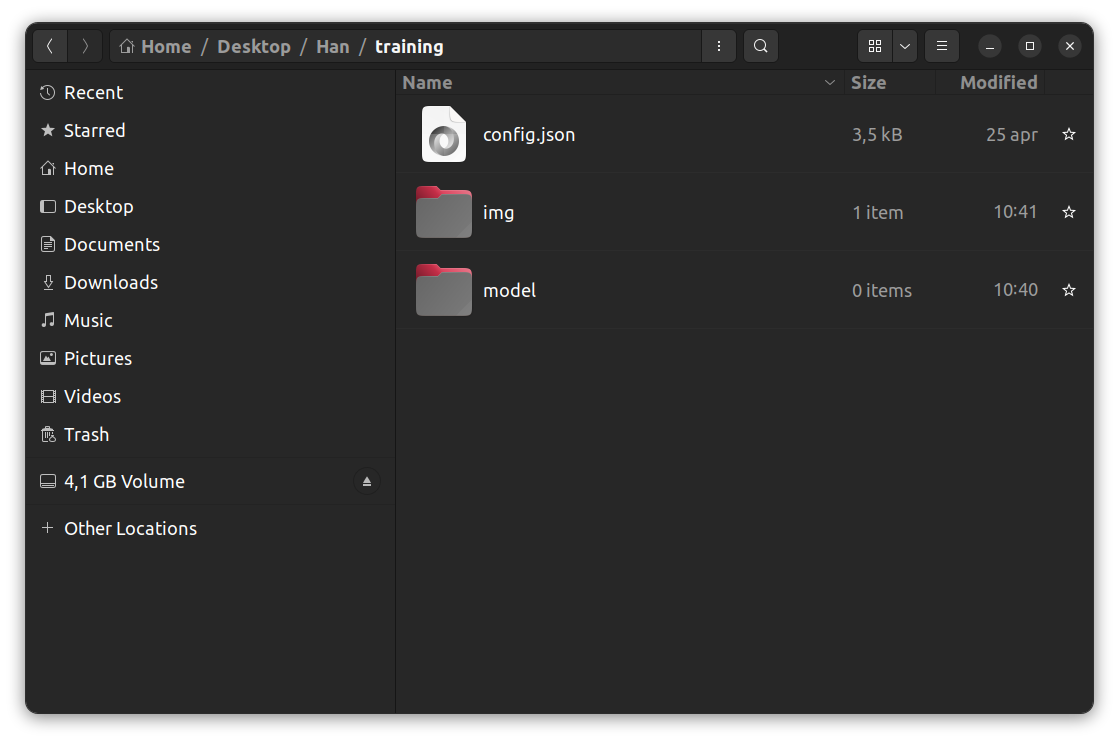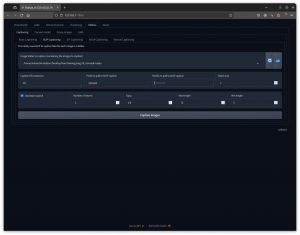Difference between revisions of "LoRA training"
| Line 19: | Line 19: | ||
Step 3: Create captions | Step 3: Create captions | ||
| + | |||
| + | We are now ready to create the captions for each image.<br> | ||
| + | On the desktop find the kohya icon, and double click it.<br><br> | ||
| + | [[File:Kohya icon.png]]<br><br> | ||
| + | A terminal window opens, and after a couple of seconds you should see a url (127.0.0.1:7860) that you can open in a browser to get a GUI. | ||
| + | In the GUI select the Utilities Tab, and inside that the Captioning Tab and there select BLIP Captioning.<br> | ||
| + | Make sure the "Image folder to caption", points to the folder containing your images. Also put your trigger word in "Prefix to add to BLIP caption". Now click the "Caption Images" button <br><br> | ||
| + | [[File:Captioning.png|thumb]]<br><br> | ||
| + | You won't see anything happening in the GUI but there should be some activity in the terminal <br><br> | ||
| + | [[File:Captioning progress terminal.png]]<br><br> | ||
| + | [[File:Created captions.png]]<br><br> | ||
===Training your LoRA=== | ===Training your LoRA=== | ||
Revision as of 21:56, 16 September 2024
Training a LoRA with Kohya
These instructions should work on the computers in WH.02.110
Preparing for training
Step 1: Collect the images you want to use for training
Step 2: Create the folder structure
Create a folder on the desktop and name it (your name, or name of your project).
Download this zip file, and unzip it in the folder you just created. The zip will create the basic file structure, and a configuration file.
Inside the img folder, there needs to be another folder. The name of this folder has to be <REPEATS><underscore><TRIGGERWORD><space><CLASS>
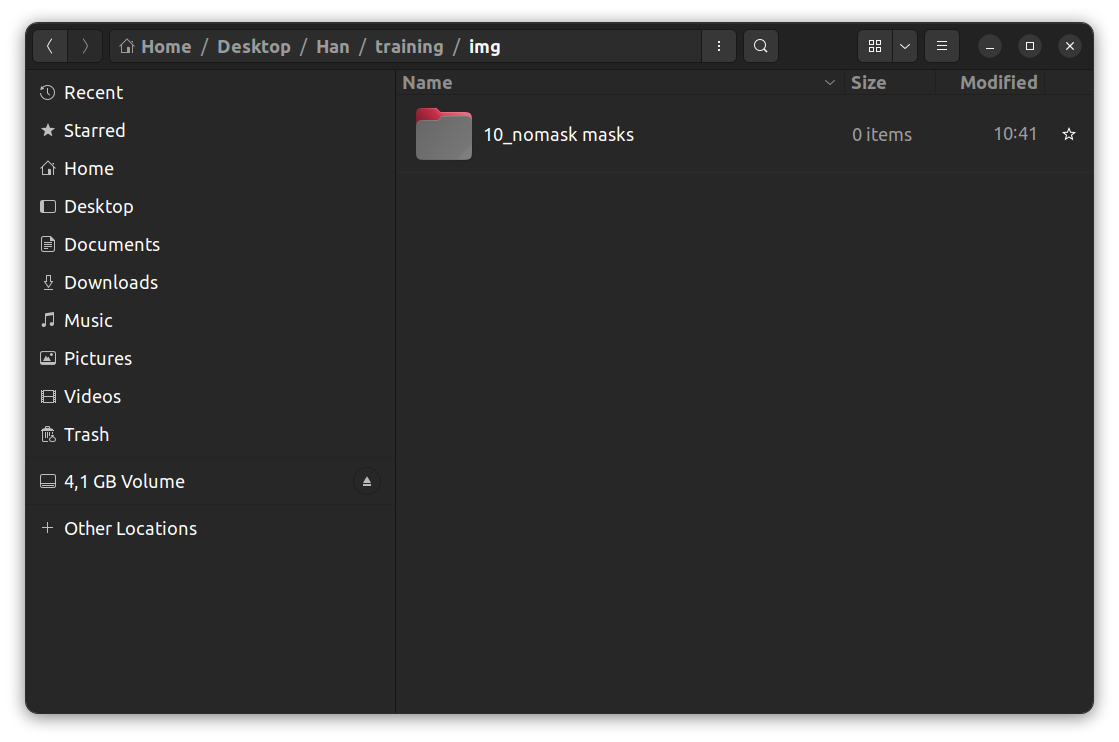
Copy your images into this folder
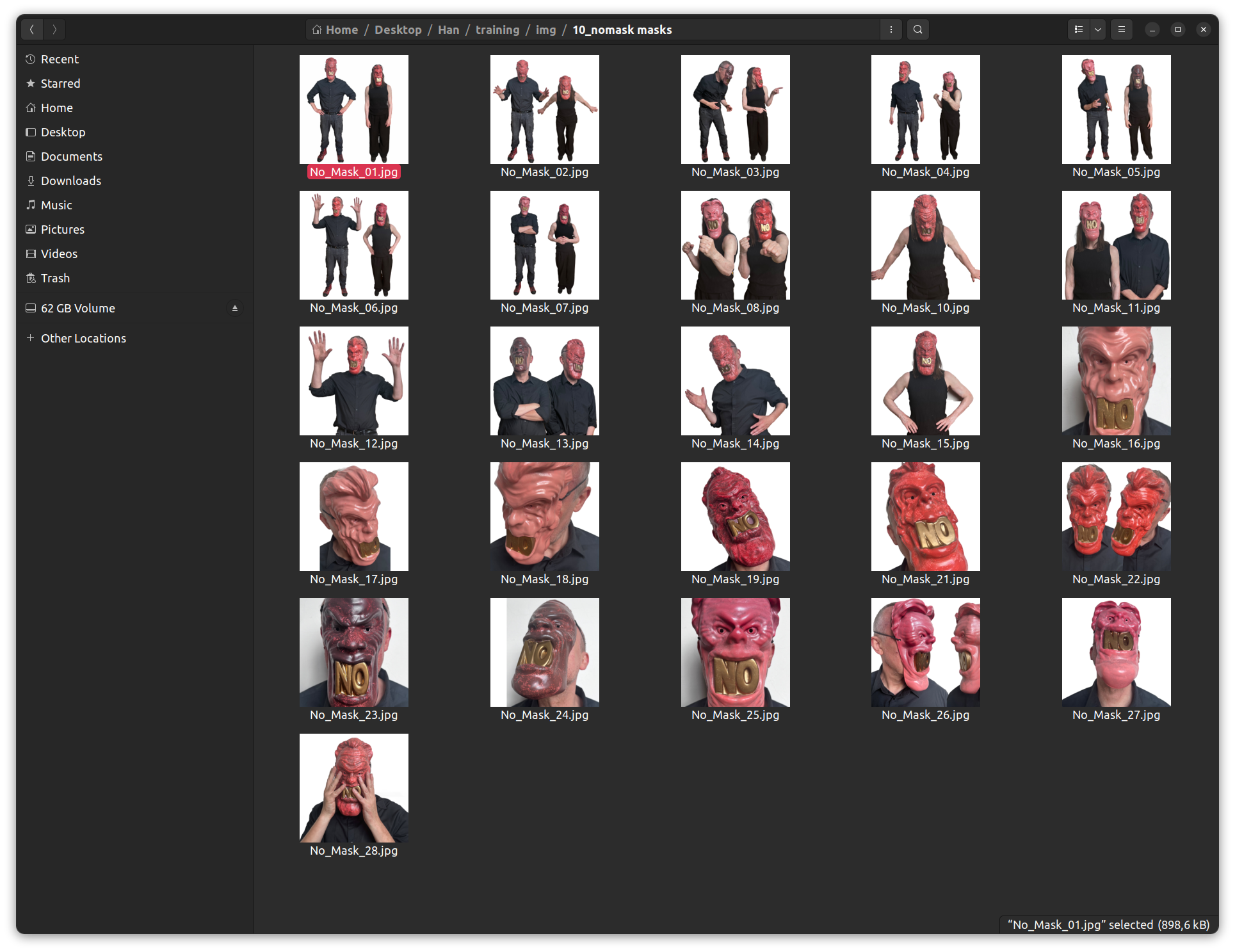
Step 3: Create captions
We are now ready to create the captions for each image.
On the desktop find the kohya icon, and double click it.
![]()
A terminal window opens, and after a couple of seconds you should see a url (127.0.0.1:7860) that you can open in a browser to get a GUI.
In the GUI select the Utilities Tab, and inside that the Captioning Tab and there select BLIP Captioning.
Make sure the "Image folder to caption", points to the folder containing your images. Also put your trigger word in "Prefix to add to BLIP caption". Now click the "Caption Images" button
You won't see anything happening in the GUI but there should be some activity in the terminal
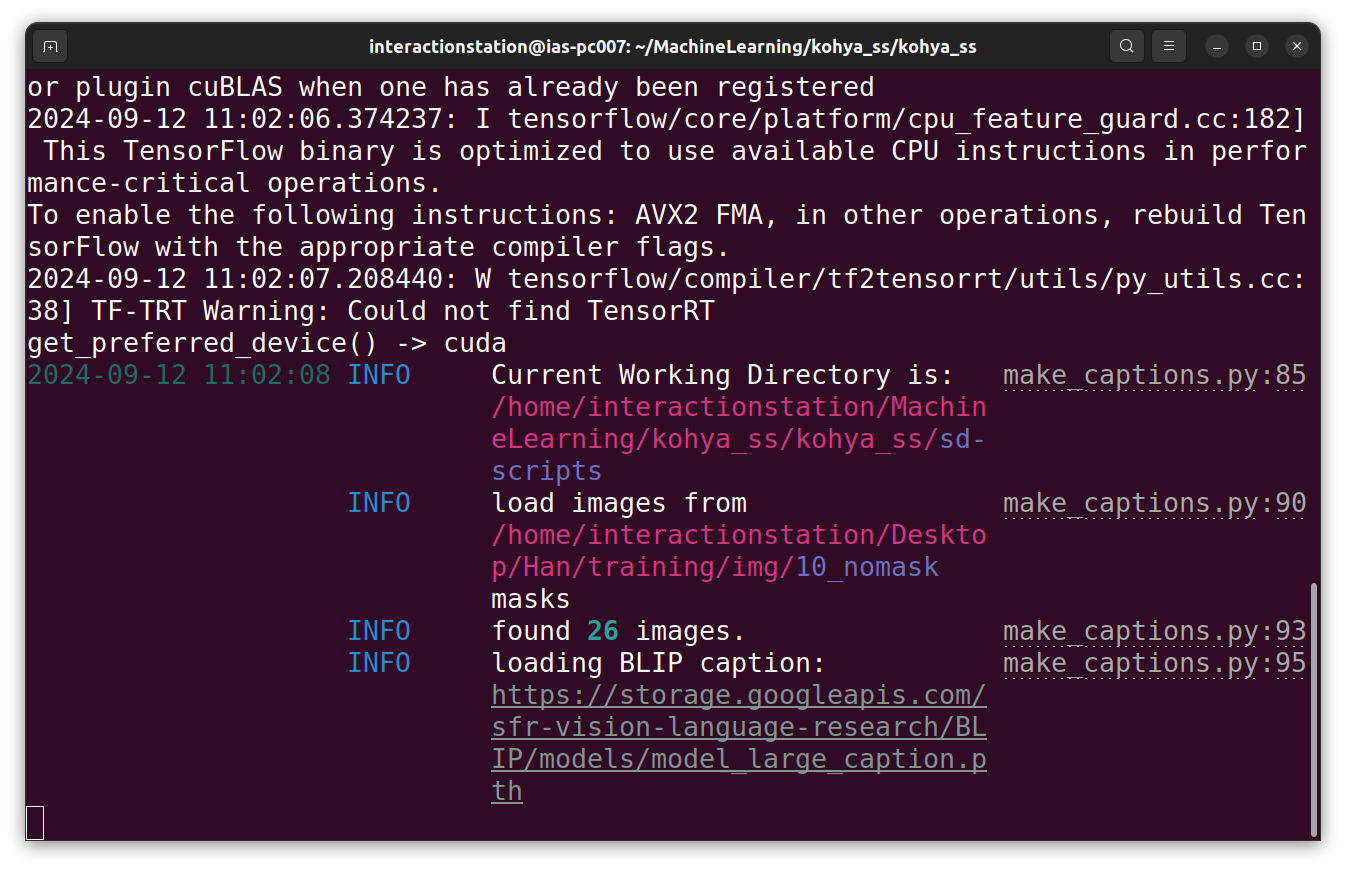
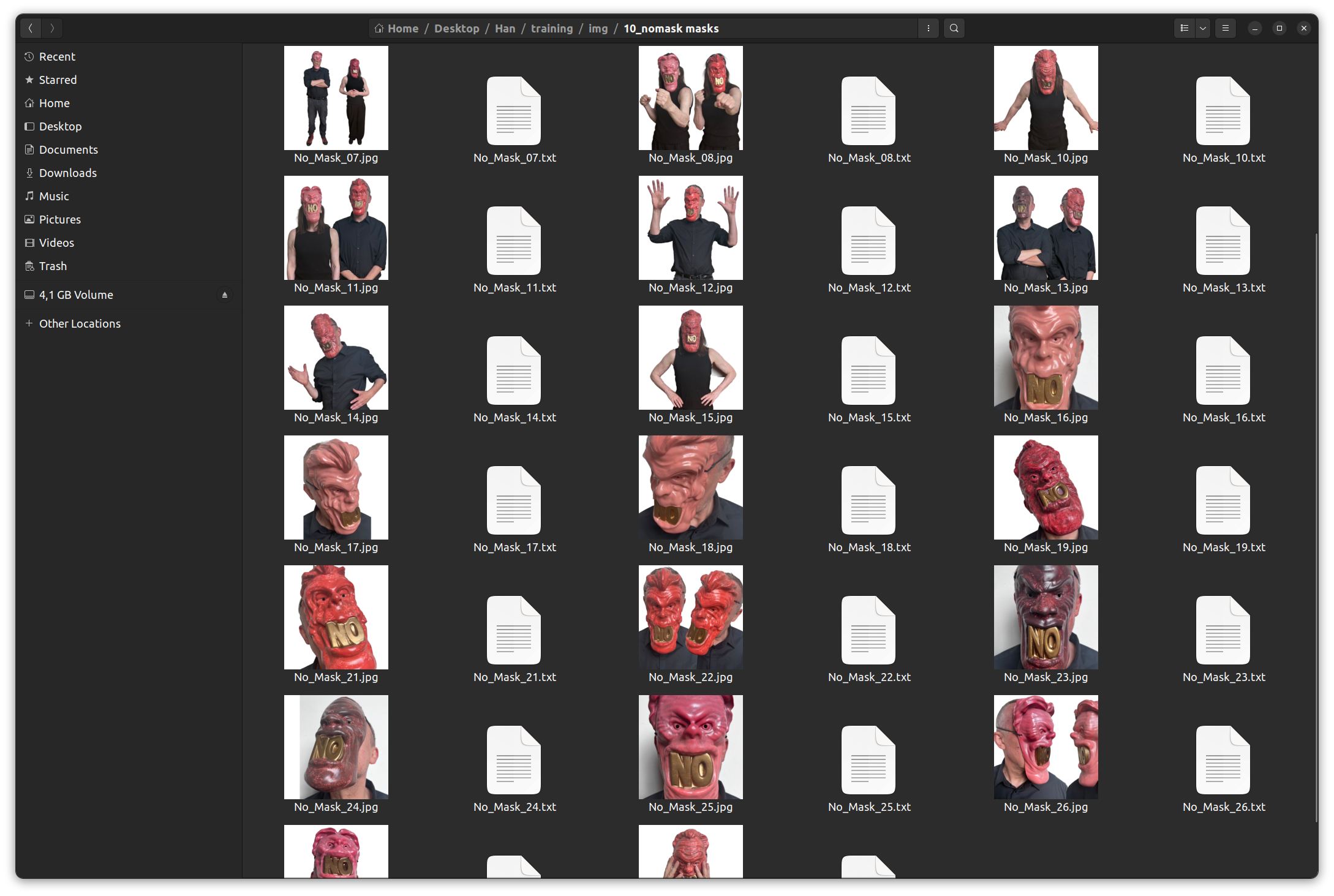
Training your LoRA
If you didn't already launch the kohya software
Make sure you select the LoRA tab
Load the configuration file that you downloaded earlier. We are going to leave it mostly at the default settings, but there are a few things we need to adjust.
Change the model name to the name you want it to have.
Check if the paths are correct, and adjust if neccesary.
Adjust the prompts for the samples that will be generated during training.
Hit the training button, and wait for the first samples to appear.
Using your LoRA in Stable Diffusion WebUI
Select the model that looks most promising to you, and copy it to the right folder in Stable Diffusion WebUI
In the WebUI check the LoRA tab, and refresh it to see your model. Clicking on it will add your LoRA to the prompt.
You can use your LoRA in combination with different compatible checkpoint models.
You can also combine different models.
Try changing the weight of the model.
Tray changing cfg scale
